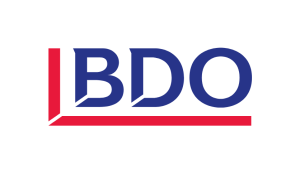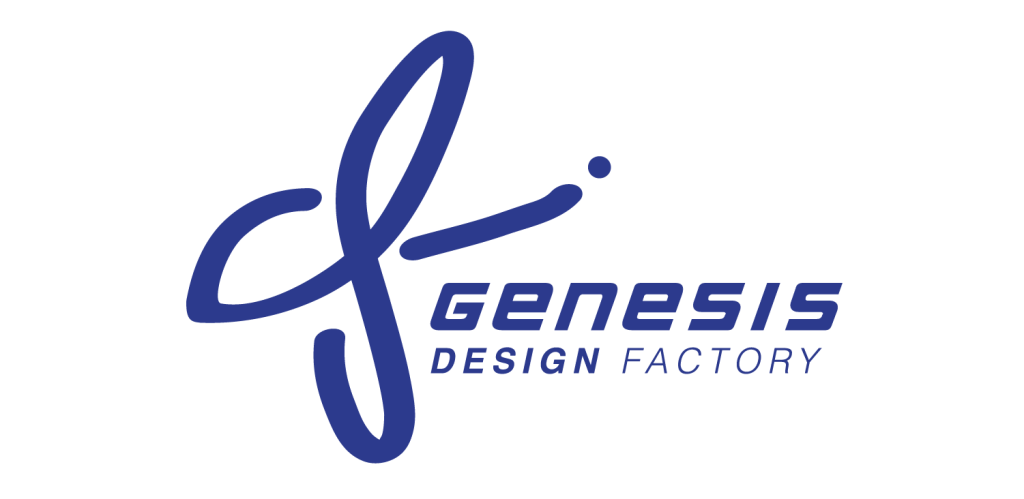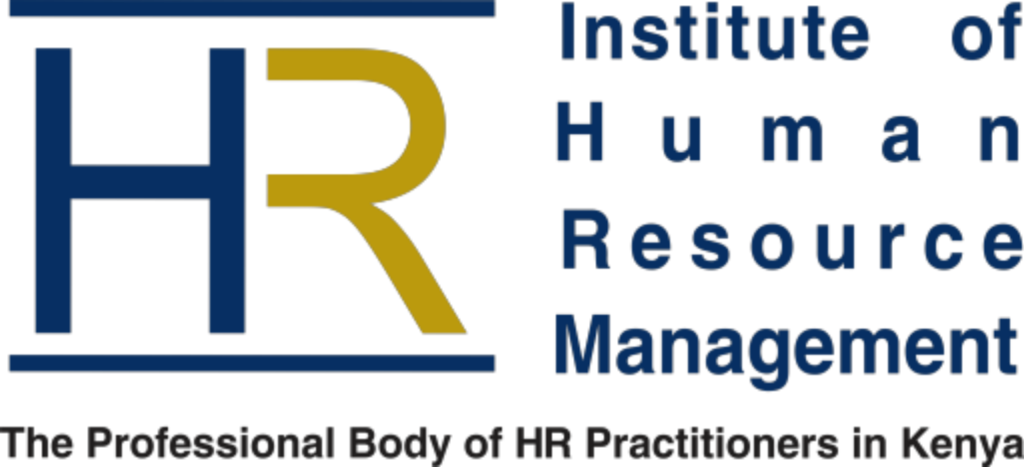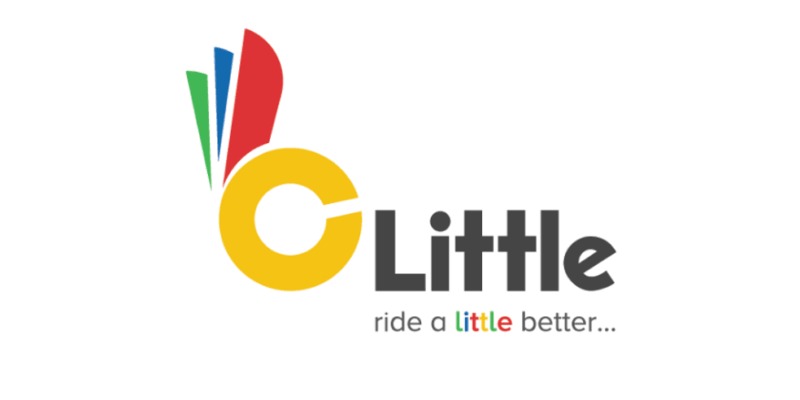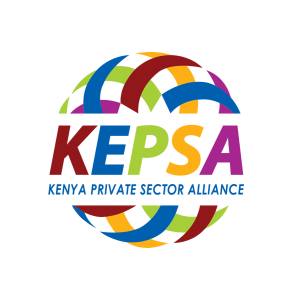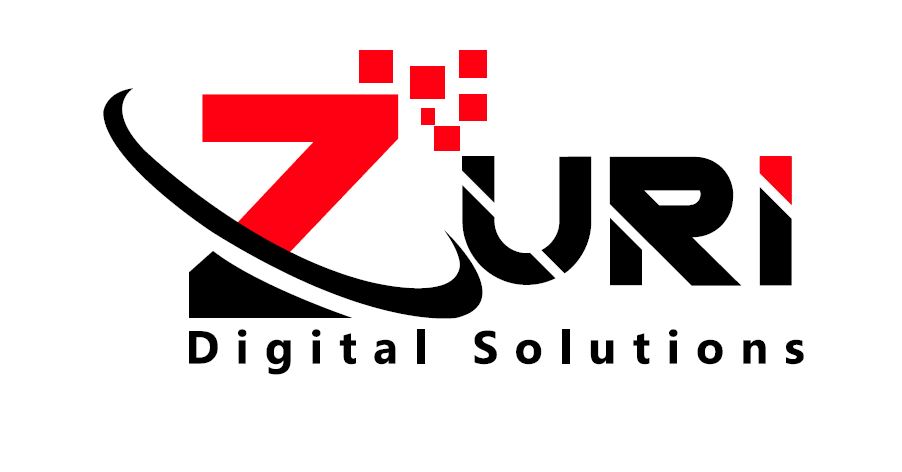The Ultimate Guide to Performance Improvement Plan (PIP)
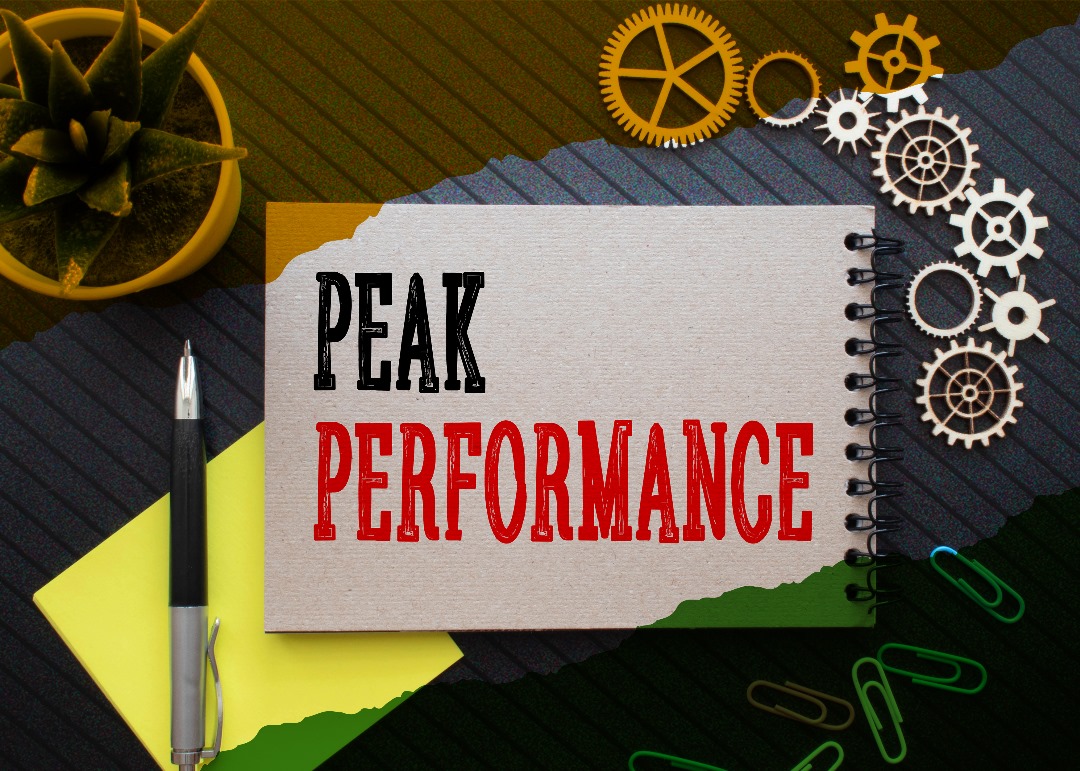
In today’s competitive business world, companies thrive on high employee performance. However, when an individual’s quality of work or work productivity falls below expectations, organizations need a structured approach to address these issues. This is where a Performance Improvement Plan comes into play.
A PIP is more than just a formal document; it’s an action plan designed to help an employee improve in specific areas of underperformance. This article will walk you through the essentials of a PIP, how it works, and why it’s a critical tool in performance management.
What is a Performance Improvement Plan?
A Performance Improvement Plan is a structured document that outlines an employee’s performance expectations and sets performance improvement goals. It targets specific areas where the employee is not meeting expectations and provides a clear timeline for achieving these goals.
A typical process covers the following elements:
- Performance Issues: These may include low productivity, poor communication skills, or a decline in work quality.
- Improvement Process: It details the steps necessary to improve, including setting SMART goals (Specific, Measurable, Achievable, Relevant, and Time-bound).
- Support and Resources: Offers additional support, such as proper training, mentoring, or guidance from the employee’s manager or the HR team.
- Timeline: Defines a clear timeline for tracking the employee’s progress. Typically, PIPs range between 30 and 90 days.
- Consequences: Describes what may happen if the employee does not meet the defined goals, which could include verbal warnings or further disciplinary action.
When is a PIP Used?
A PIP is typically initiated as a first step when an employee’s performance has dropped, but the employer believes improvement is possible. Common triggers include:
- Low Productivity: When an employee consistently misses targets or deadlines.
- Quality of Work: Substandard work or failure to meet established benchmarks.
- Lack of Training: In some cases, underperformance can be due to external factors like poor onboarding or a lack of training.
However, a PIP is not a punitive measure. It is meant to be an effective process that guides employees through an improvement process with clear expectations, structured support, and regular feedback.
The Role of HR in a Performance Improvement Plan
The HR department plays a significant role in drafting and overseeing the PIP. They ensure that the process is fair and that the performance review criteria are objective and clearly documented. HR managers also ensure that communication skills between the employee and manager are clear, avoiding misunderstandings. Sometimes, they even offer a template or a free template to standardize the process.
During the PIP, the employee’s manager works closely with the HR team to provide constructive feedback on a regular basis. This feedback loop is crucial to keep the employee’s progress on track and maintain employee engagement throughout the process.
The Steps of an Effective Performance Improvement Plan
To ensure the effectiveness of the plan, it must be properly structured. Here’s a breakdown of how a PIP works:
1. Identifying the Problem
The first step is identifying the areas of underperformance. This involves a performance review with data, metrics, and observations that highlight where the employee is struggling. HR managers often gather input from colleagues, supervisors, and clients to create a holistic view of the problem.
2. Setting Attainable Goals
For the PIP to be successful, it must include attainable goals. These goals need to be realistic, measurable, and relevant to the employee’s role. Often, these goals align with SMART goals to provide a roadmap for success.
For instance, if an employee struggles with meeting deadlines, a goal could be to complete tasks within a specific timeframe, with measurable milestones along the way.
3. Providing Support and Resources
Employees under a PIP may need additional support, such as training to close skill gaps or mentoring to address behavioral issues. HR managers may arrange proper training or one-on-one coaching sessions. This step ensures that any external factors, such as insufficient tools or lack of training, are addressed.
4. Tracking Progress
Tracking the employee’s progress is essential for the PIP’s success. This involves regular feedback from the employee’s manager and frequent check-ins with HR to ensure that the employee is meeting milestones. Managers should maintain an open dialogue with the employee, offering constructive feedback and ensuring the employee knows where they stand.
Progress should be measured objectively, with clear data points that align with the performance expectations laid out in the PIP. Regular check-ins create a proactive environment, giving the employee ample opportunity to course-correct if needed.
5. Final Review and Next Steps
At the end of the PIP, a final performance review is conducted to assess whether the employee has met the performance improvement goals. If the goals are met, it concludes successfully, and the employee can return to regular duties. If progress is insufficient, the company may decide to extend the PIP, reassign the employee, or take disciplinary action.
A successful performance improvement plan hinges on both sides maintaining open communication, commitment to improvement, and a willingness to address specific areas of concern.
Benefits of a Performance Improvement Plan
An effective PIP offers several advantages for both employers and employees:
- Clear Expectations: Employees gain clarity on what is expected of them and how they can meet those expectations.
- Employee Engagement: With regular feedback, employees can feel more engaged in their work, knowing that the company is invested in their success.
- Improved Work Environment: A PIP can address behavioral issues that affect the broader work environment, fostering a more positive atmosphere.
- Documentation: For employers, the PIP provides clear documentation of the steps taken to support the employee. This is particularly useful if further action is required.
Tips for Employees Facing a PIP
For employees who find themselves on a PIP, it’s essential to approach the situation constructively. Here are a few tips to increase your chances of success:
- Communicate Openly: Stay in touch with your manager and HR team, seeking feedback and clarification on a regular basis.
- Take Initiative: Show your commitment by proactively seeking additional support or proper training to close gaps in your skills.
- Track Your Progress: Keep a record of your achievements and the steps you’ve taken to meet the PIP goals. This can help during the final review.
Conclusion
A Performance Improvement Plan is a vital tool in addressing employee performance challenges while providing a structured improvement process. With well-defined performance expectations, a clear timeline, and continuous support, a PIP can foster growth, boost employee engagement, and improve the overall work environment. By embracing constructive feedback and focusing on attainable goals, both employees and employers can use a PIP as a positive tool for lasting improvement.



